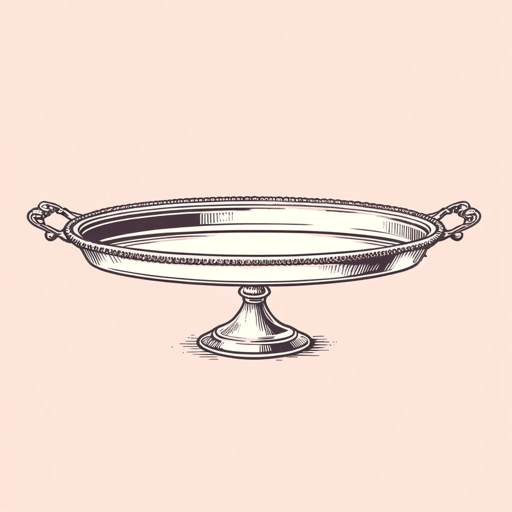27 pages • 54 minutes read
Walter JohnsonSoul by Soul: Life Inside the Antebellum Slave Market
Nonfiction | Book | Adult | Published in 1999A modern alternative to SparkNotes and CliffsNotes, SuperSummary offers high-quality Study Guides with detailed chapter summaries and analysis of major themes, characters, and more.
Chapters 3-4Chapter Summaries & Analyses
Chapter 3 Summary: “Making a World Out of Slaves”
Slaveholder Miriam Hilliard wrote in an 1850 poem, “Oh that I had a million slaves or more” (78). Slaves seemed to offer society its dreams. Slave dealing could be lucrative, and the practice signaled “upward progress” (84). Slaveholders also espoused paternalist values and surged up their authority through slave ownership. Slaves provided white women an opportunity for becoming ladies of leisure. Slaves also emphasized their masters’ whiteness, settled debts, and were left in wills to the next generation.
While some women used slaves to enhance their performance of domesticity, Polyxeme Reynes forged herself a career in slaveholding and began supporting her husband. Slaves were a sign of social standing. Doctors bought sick slaves and sold them on at an inflated price, and Southern gentlemen exercised their “honor” in the slave market (104). Some slaves suffered whippings at the hands of “breakers,” while others were bought out of “feeling,” as part of paternalist redemptive fantasies (109). A “fancy” was a euphemism for a sex slave, with price as a measure of their buyers’ social dominance.

